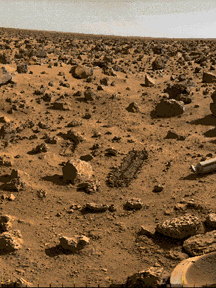This is an image of the surface of Mars. Could there be life there?
Click on image for full size
NASA
Astrobiology
Take a guided tour to learn more about astrobiology, the search for life on other
planets!
To move forwards through the tour, click the Forward arrow.
To move backwards through the tour, click the Back arrow.
Last modified April 29, 2004 by Lisa Gardiner.
You might also be interested in:
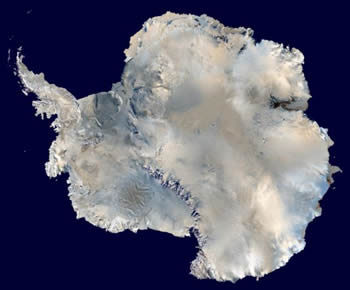
It is easy for living creatures to survive and grow in some places. Other places make it tough for life to get by. Scientists call places that are hard on life "extreme environments". What kinds of places
...more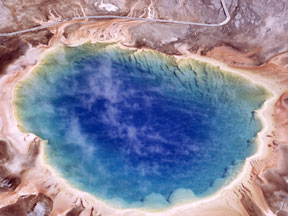
It is easy for living creatures to survive and grow in some places. Other places make it tough for life to get by. Scientists call places that are hard on life "extreme environments". There is a special
...more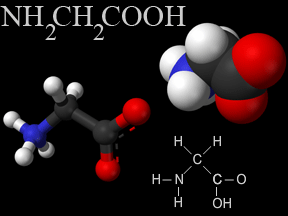
Scientists have found a type of amino acid in a sample returned from a comet. Amino acids are the building-blocks of proteins. Proteins are one of the most important types of molecules in living creatures.
...more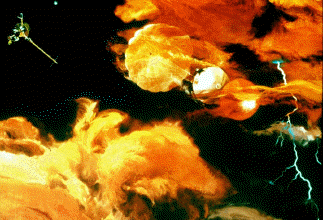
Jupiter's atmospheric environment is one of powerful winds, going 250 miles per hour, and temperatures from -270 degrees to +32 degrees (freezing temperature). These winds make it hard for life forms to
...more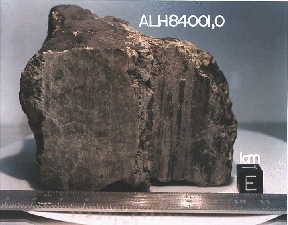
In July, 1996 a team of scientists said that they had discovered possible fossils of bacteria in a meteorite named ALH84001 that came from Mars. It was found in Antarctica in 1984 after having landed there
...more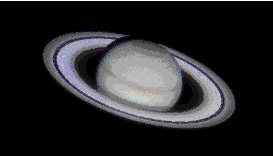
Saturn's atmospheric environment is one of powerful winds, going 250 miles per hour, and temperatures from -270 degrees to +80 degrees. With winds like these, it is hard to have peace and quiet. The region
...more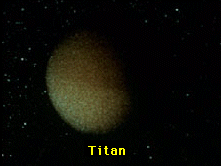
The air of Titan is a lot like the Earth's, except that it is very cold, from -330 degrees to -290 degrees! Like the Earth, there is a lot of Nitrogen and other complex molecules. There also may be an
...more


